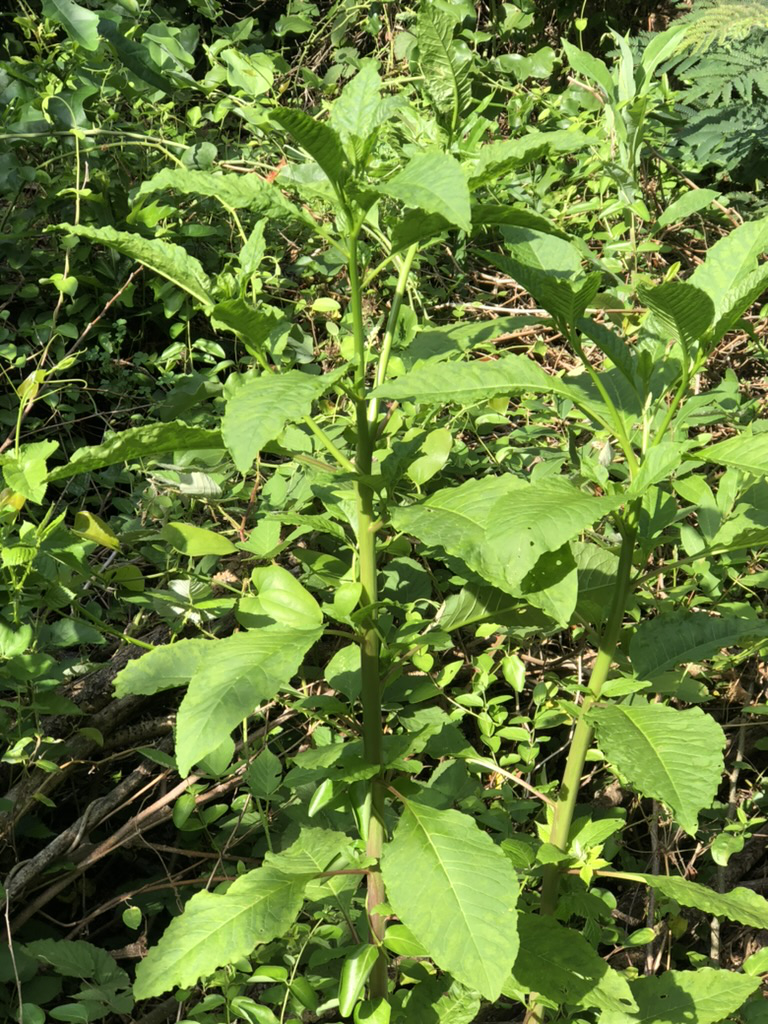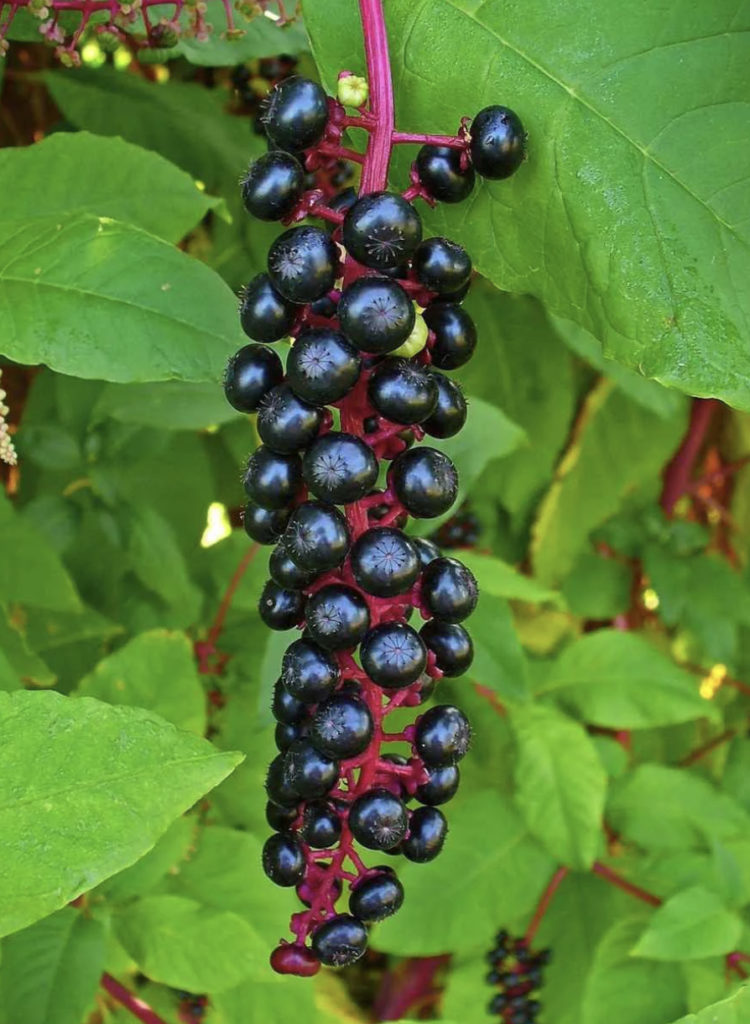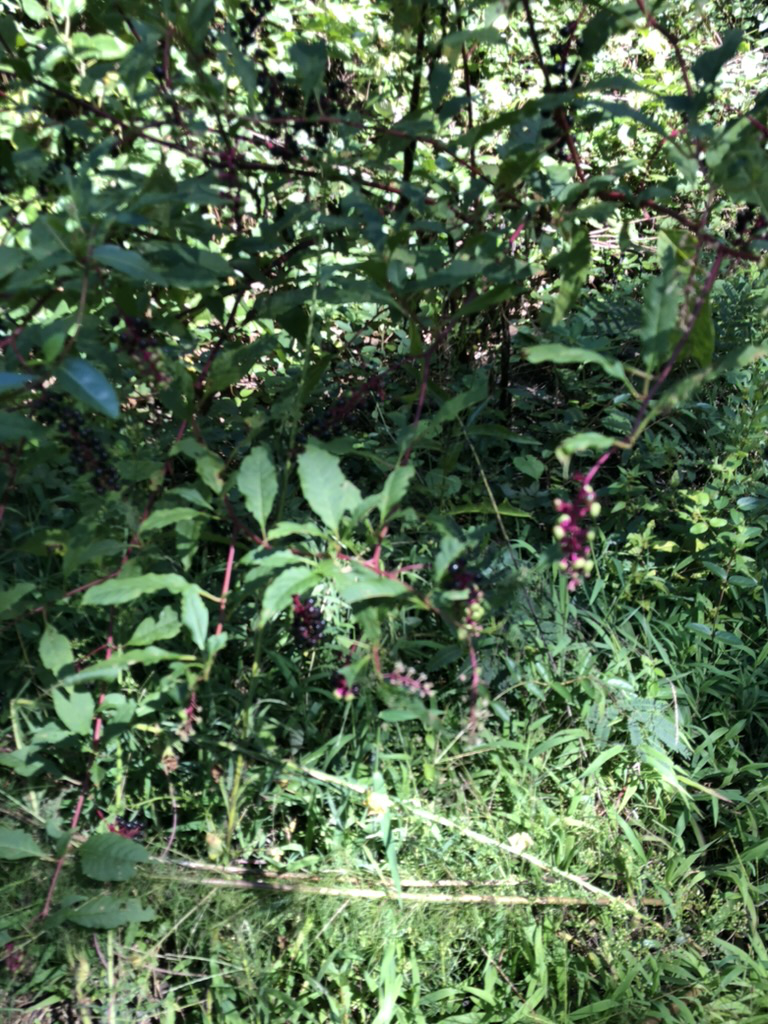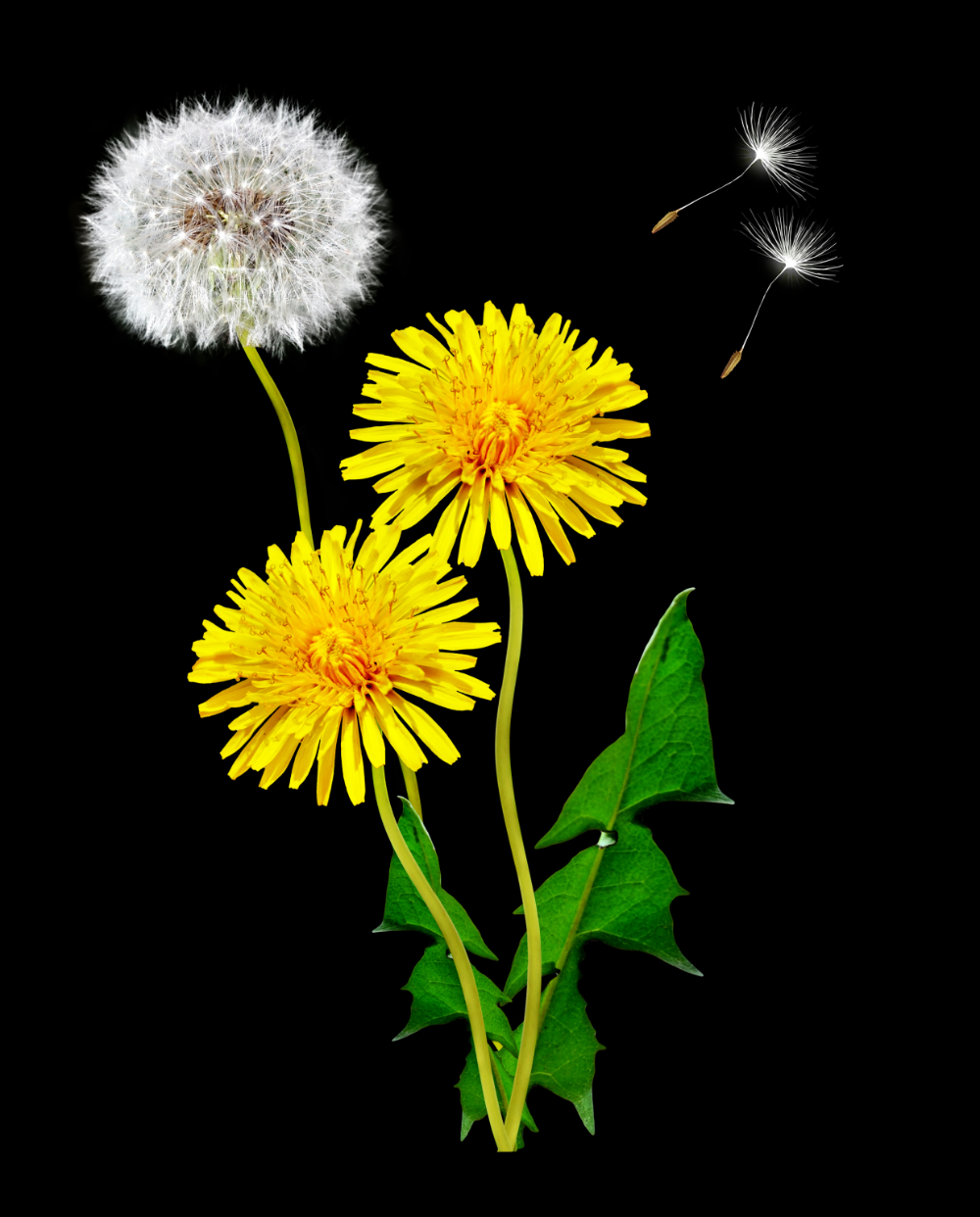Poke weed, scientifically known as Phytolacca americana, is a fascinating and versatile plant that has been used in traditional Southern cuisine for generations. However, it comes with a caveat: it must be identified and prepared with care due to its potential toxicity. For those willing to embark on a culinary adventure, poke weed offers a unique taste and a connection to the wild, but safety and proper handling are paramount.
Finding Poke Weed: A Springtime Quest
Poke weed is a seasonal delicacy, typically emerging in the early spring when the weather begins to warm. Its vibrant green shoots, which resemble asparagus, are the most sought-after parts for culinary use. Finding poke weed is an exciting quest for foragers, and it’s often discovered in fields, meadows, along riverbanks, and at the edges of woodlands. However, a word of caution: poke weed should never be foraged without a proper identification guide and some botanical knowledge. Mistaking it for similar-looking, toxic plants can have serious consequences.
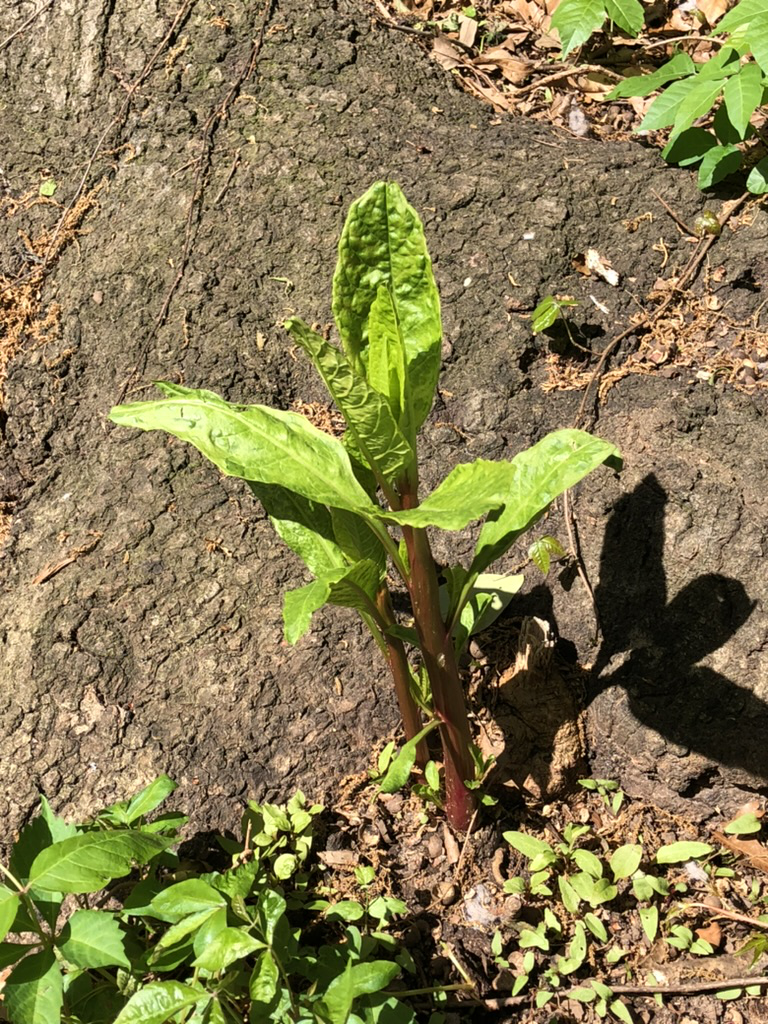
Identification: A Crucial Skill
Proper identification of poke weed is the cornerstone of safe foraging. The plant typically has smooth, lance-shaped leaves with a prominent central vein, and it produces clusters of small, greenish-white flowers and dark purple berries later in the season. Young leaves and stems are the safest parts to consume, but the plant should be avoided once it matures, as its toxicity increases. When in doubt, seek guidance from experienced foragers or use reputable field guides to identify poke weed accurately.
Preparation: Taming the Toxicity
Poke weed contains potentially harmful substances, including saponins and oxalates, which can cause digestive discomfort if consumed without proper preparation. To make poke weed safe for consumption, it must be blanched or boiled. Here’s a simple preparation method:
Harvest Young Shoots: Collect the tender, young shoots when they are no taller than 10-12 inches. Avoid any parts that appear tough or have a reddish tint.
Boiling or Blanching: Bring a pot of water to a rolling boil and blanch the poke weed shoots for at least 5 minutes. Some foragers prefer to change the water and blanch them again for added safety.
Drain and Rinse: After blanching, drain the shoots and rinse them thoroughly in cold water. This helps remove any remaining toxins.
Cook to Perfection: Once blanched and rinsed, poke weed can be prepared in various ways. A popular method is sautéing the shoots with garlic and olive oil, but it can also be used in dishes like poke salad or quiches. Its flavor has been described as a cross between spinach and asparagus, with a hint of bitterness.
Some people cook it, drain, cook, and then add eggs to it as a scramble. I have eaten this every spring. It springs up all over the back yard.
Poke weed has a rich history in Southern cuisine, often called Poke Salad, where it’s often celebrated in regional dishes. Its versatility allows it to be incorporated into a wide range of recipes, adding a unique twist to your culinary repertoire. Just remember that while poke weed can be a flavorful addition to your table, responsible foraging and safe preparation are paramount to ensure a delightful and toxin-free dining experience. So, embark on your culinary adventure, but do so with knowledge, caution, and a sense of wonder for the wild bounty of nature.
